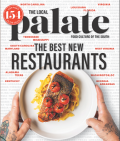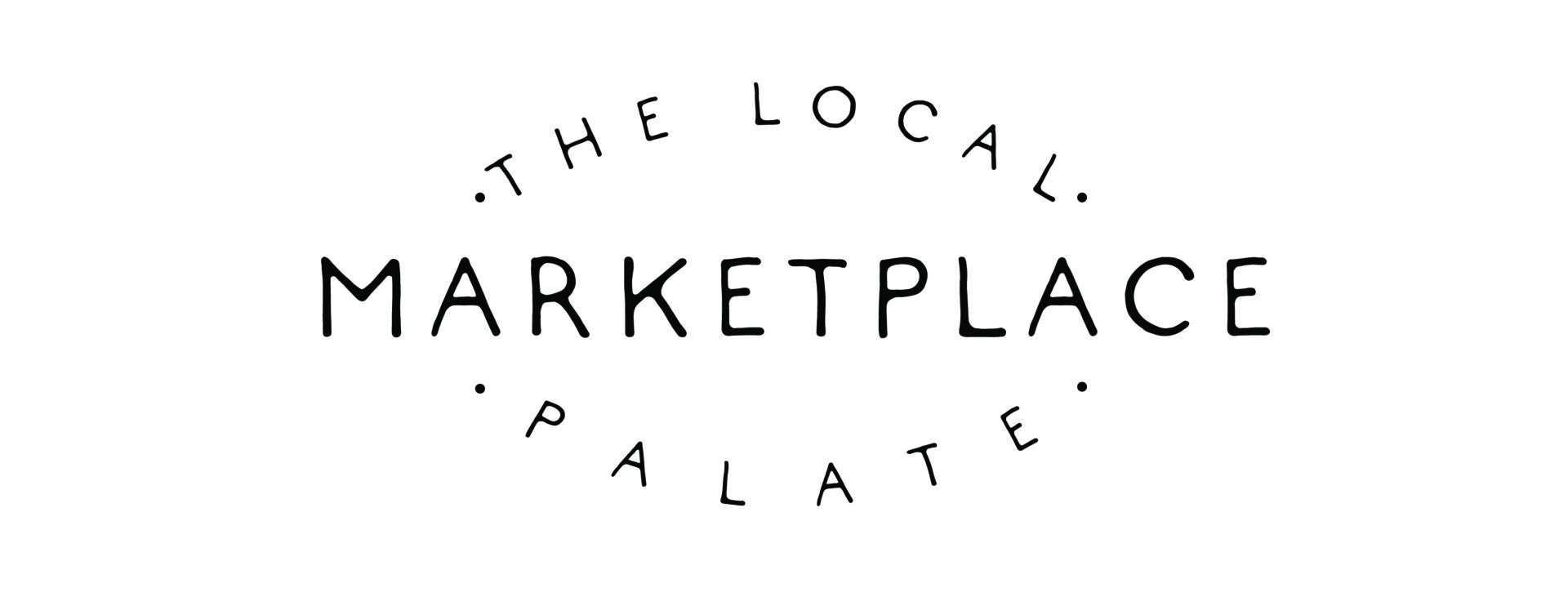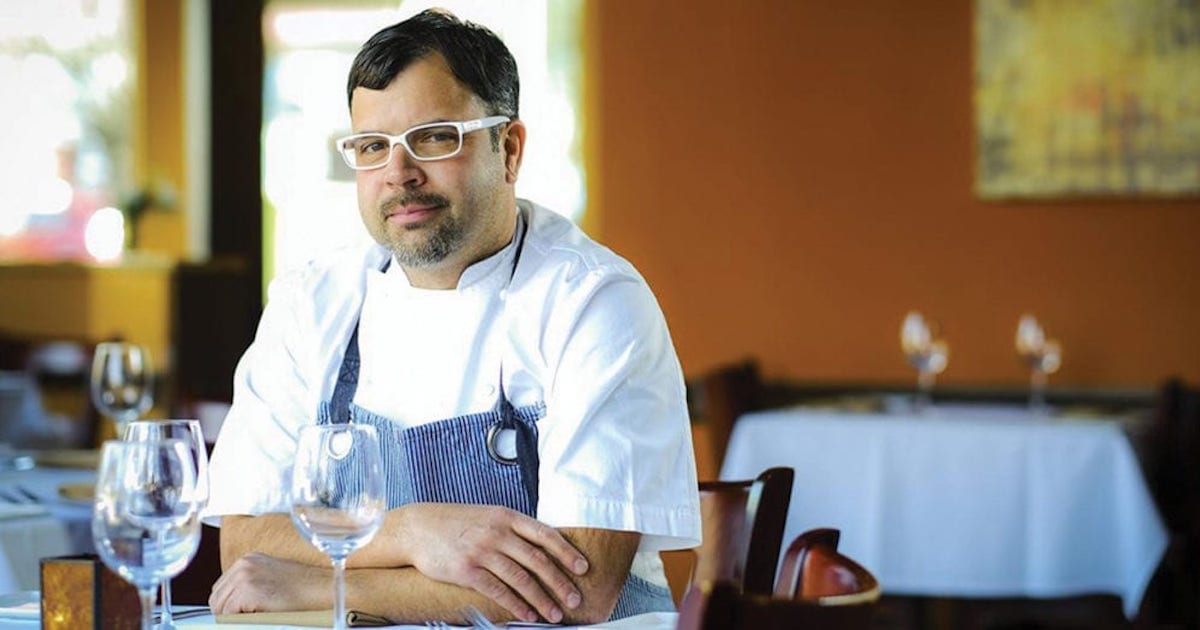Resetting the Table:
Creaking Open the Doors
The path forward for restaurants and bars around the South, indeed across the country, has been anything but linear during the COVID-19 pandemic. After enduring months of government-mandated closures and periods of limping along while depending on carryout or delivery models, many restaurants were finally granted a bit of a reprieve as states allowed them to reopen their dining rooms at limited capacity.
The results of these developments have been spotty, and with little true guidance from government or health authorities, restaurateurs have been forced to figure many things out on the fly. Balancing the need for revenue with the safety of their staff and patrons has added another layer of stress to the industry, not to mention the desire to offer the sort of hospitality that is at the core of each restaurateur’s very being. We talked to four chef-owners from Tennessee, North Carolina, Georgia, and Kentucky to see how they are handling the transition back to in-house dining, from how their businesses are living up to projections and what they wish they knew in March that they do now, to their benchmarks for getting back to “normal.” Here are their stories:
Anthony Lamas
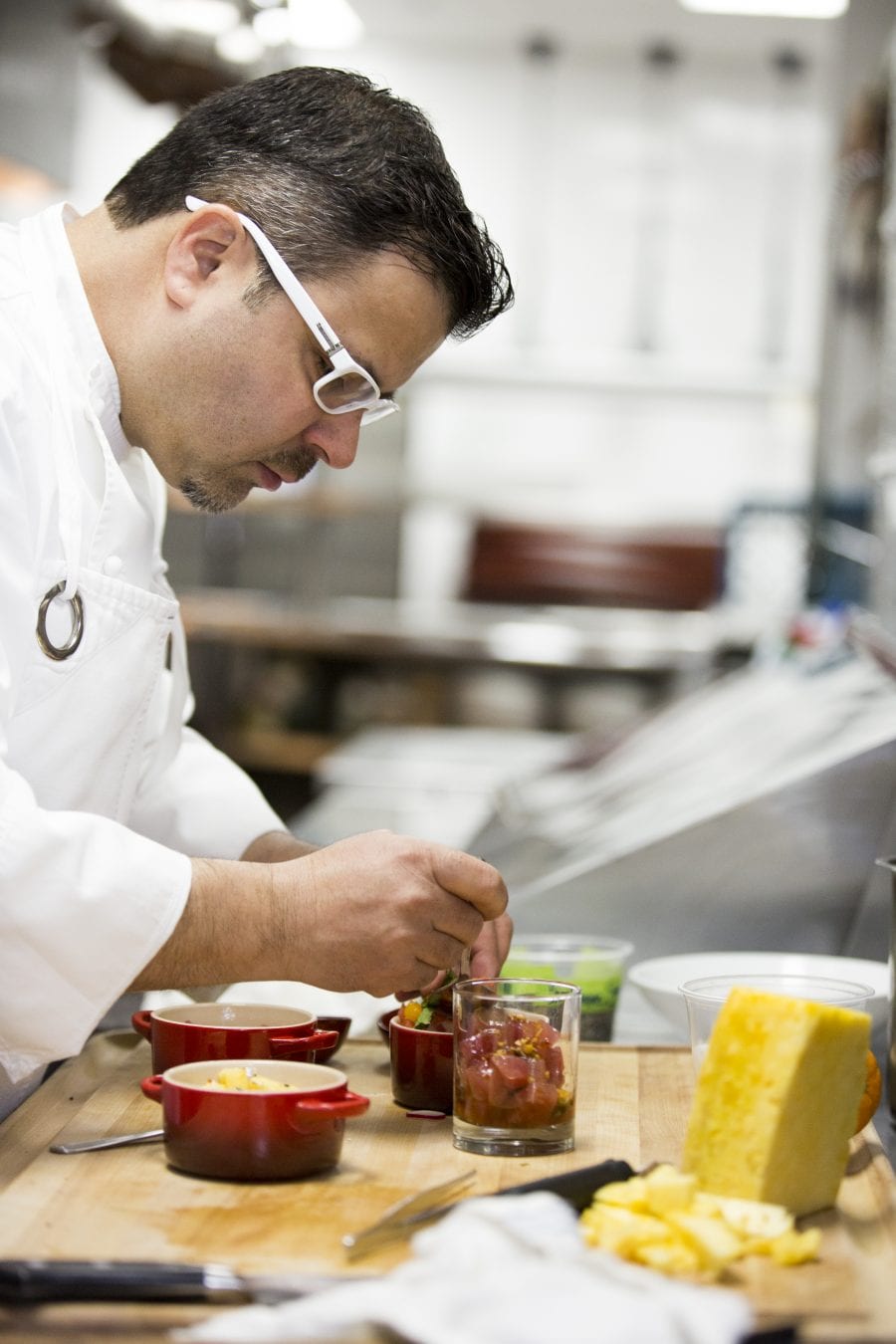
The first weekend of May is traditionally a very big deal for Louisville restaurants as Derby Week brings horse racing fans to town, and locals basically give up on any pretense of working for a solid week of wining, dining and entertainment surrounding the Kentucky Derby. This year, that date was cancelled with the hopes of running the race on September 5. Chef Anthony Lamas sounds slightly melancholy as he describes the effect of the cancellation had on his restaurant Seviche: “Life goes on. We’re still hoping for September, but Derby pays a lot of bills.”
In a fortunate turn of events, Lamas has seen his business come back fairly vigorously after closing for nine weeks. “I’m very encouraged and grateful for the support,” he relates. “After 15 years here at Seviche, we have to stay fresh and relevant. We’ve got a great following of regulars. I used to travel all over and go to food festivals and do television shows, but at this point I really focus on Louisville. I’m so grateful that my restaurant is busy and the people have embraced us!”
It helps that Seviche is a spacious restaurant with a large kitchen that has been well-suited to the new laws of constrained capacity. “We’re big enough that being spread out works pretty well,” Lamas explains. “Having expanded outdoor seating makes it even better. We never really sat 100% at one time anyway, and we got our real rush between 7:00 and 8:30 because Louisville is not a real late-eating city. Now people are taking what they can get, early and late reservations, so we can still do 175 covers on a Saturday night. We’ve got a big kitchen, and I grew up with my mom and three sisters, so cleanliness has always been a part of me. It’s also been great to pitch in on a station or scrubbing dishes to keep the tables turning.”
Lamas took advantage of his downtime during Seviche’s closing to do some self-assessment. “COVID made me more grateful,” he says. “I took the time to reflect. Louisville has more restaurants per capita than almost any other city, and we just hoped to stay on the ‘ten finger’ list when people were choosing where to go out to eat, but we need to stay relevant.”
as. “When I started I focused on Pacific Rim and California cuisine because that was where my training was back when it was hot. But now I’m more inspired by the great ingredients around me. Living in Kentucky, in the South, it’ll change the way you cook. It’s not like California, we have seasons! So I didn’t want to have a label because of my Puerto Rican and Mexican background, because it’s always been about me. I use my mouth, and if it tastes great, it goes on the menu. I’ve always felt that fusion equals confusion, so now I describe the food as ‘inspired by heritage, sourced by locality.’ We’ve really worked at adding new dishes to the menu.”
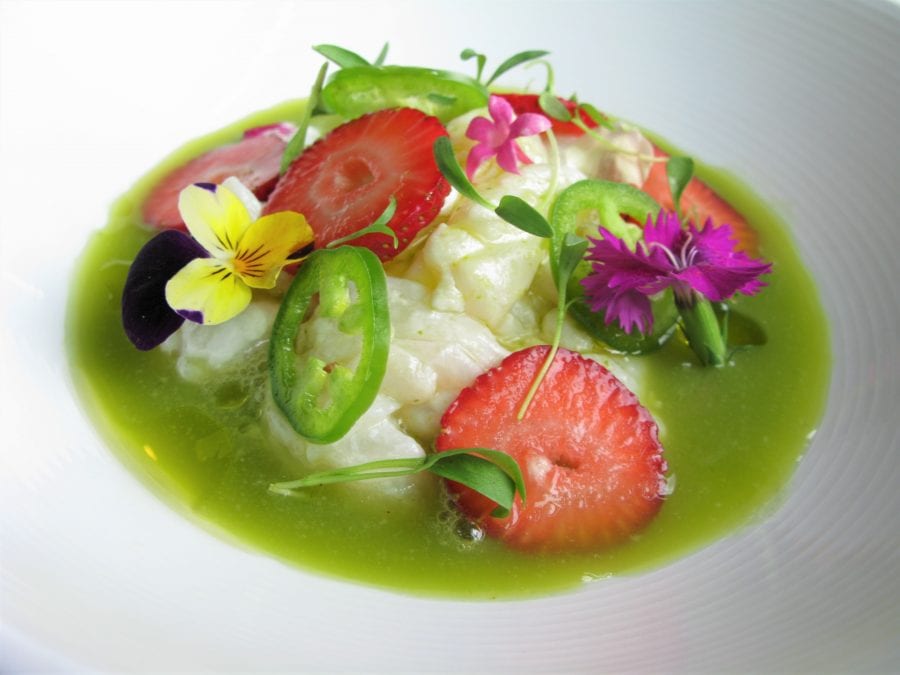
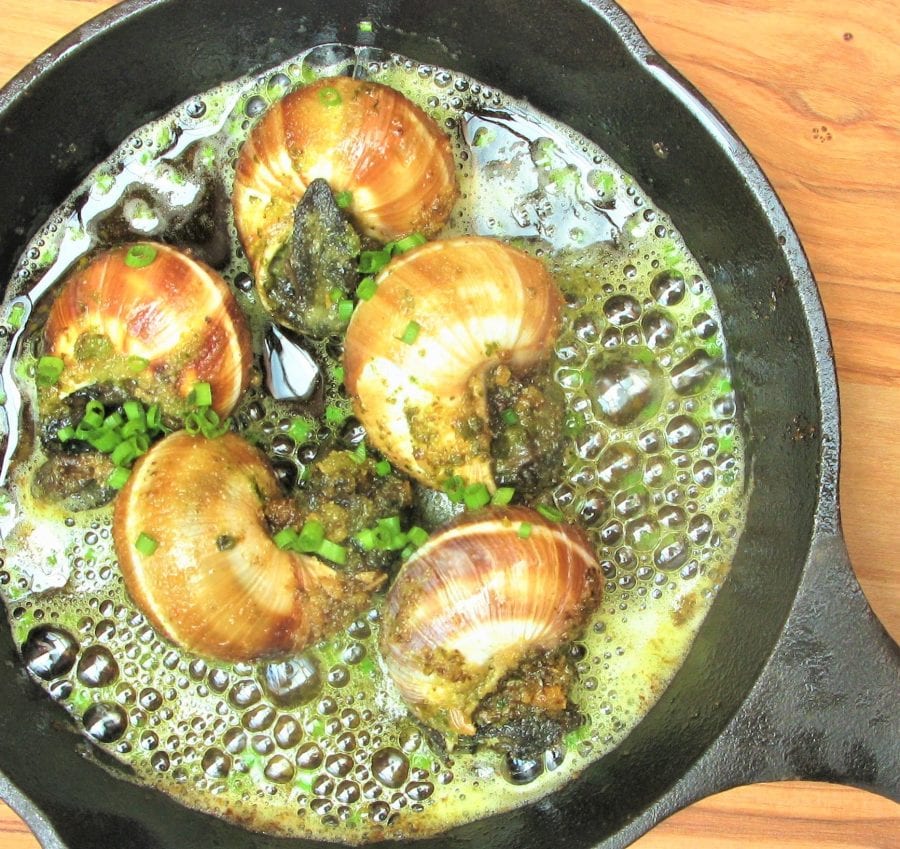
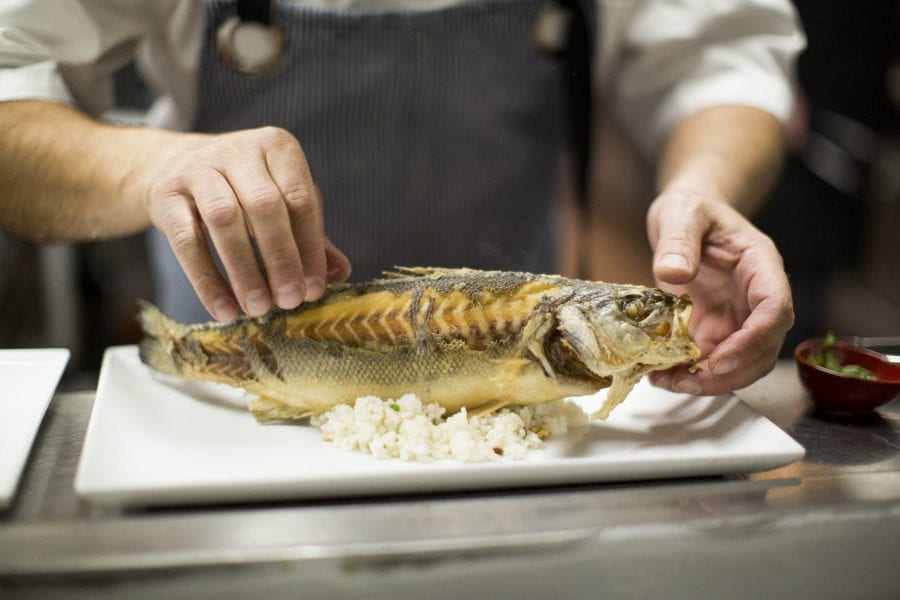
This new inspiration has driven Lamas to make some impactful changes to Seviche: “I got involved in our social media, coming up with the dishes and plating, photographing them and pushing out all sorts of different dishes. We’ve committed to continuing with all new specials, and it’s really made more impact. We didn’t just reel it in during the pandemic. Instead, I dug deep and pushed myself. We’ve spent some money renovating the lounge and adding new tables. I wasn’t sure what to expect, but it has surpassed my expectations. It’s what every chef wishes for!”
In the absence of Derby Week, Louisvillians probably noticed that their May credit card bills were a lot lower than usual, and they responded aggressively. Lamas thinks, “People are looking for a little luxury, and they want to put money back into the local economy. There’s no question that we’re still down, but instead of being down $200k while we were closed, this month we’re only down $9000, and that’s really encouraging. Sure, I look forward to the day when I won’t have to wear a mask in the kitchen, and I wish I’d known earlier how effective social media could have been for the restaurant. We love being in the national magazines, but it’s the people here that support you. Now we’ve learned the power of it. It brings people in.”
Past Interviews



share
trending content
-
New Restaurants in Arkansas
-
Shrimp and Grits: A History
by Erin Byers Murray -
Tea Cakes, A Brief History
by TLP Editors -
Gullah Geechee Home Cooking
by Erin Byers Murray -
A Cajun Christmas Menu
by TLP Editors
More From In the Field
-
From Pop-Up To Brick-and-Mortar
-
The Return of the Lynnhaven Oyster | Listen
-
What’s On the Horizon for 2024
-
Sorelle: La Dolce Vita in Vogue
-
Keya and Co. Turning Sadness into Sugar
